Everybody loves flowers right? They’re pretty, they smell good and they liven up our living spaces.
Well, some of them definitely don’t love us back. In fact, they can be absolutely deadly.
Recently we looked at 5 Flowers That Would Straight up Kill You If They Had a Chance. Guess what? We’ve found five more.
So spend some time learning about this quintet of bad-ass blossoms so they don’t put you in an early grave.
1. Lilies
Lilies originated in Japan and are a wildly popular flower across the world. Because of that popularity, they not only come in many different varieties, but some flowers that are called lilies actually aren’t. Like daylily, water lily, and calla lily.
Not all varieties of the lily are poisonous, but that doesn’t mean you shouldn’t be cautious. And while some types can cause symptoms as minor as skin irritation, if you ingest something like the Zigadenus fremontii (star lily; pictured below) it can be fatal.
In general, lilies are more toxic to house pets like cats, so you’ll want to check before you bring a blossom into your house.
2. Oleander
Here’s a weird, wonderful fact about white oleander. It can cause your heart to slow down, but it can also be used to prevent heart failure. And it actually treats a variety of serious conditions like epilepsy and malaria.
But let’s just say you decide to go grab a handful of white oleander, stuff in your mouth and swallow – not a good idea, but let’s say it happens. What you should expect next are stomach pains, fainting, irregular heartbeat, stomach pain and complete disorientation.
So yeah, don’t do that. Because there are more than 300 varieties of oleander out there, and you just don’t need that trouble in your life.
3. Mistletoe
So how did kissing underneath a toxic collection of berries become a thing? Blame the Greeks – the ancient Greeks. During the festival of Saturnalia, people kissed under the mistletoe because they believed it helped with fertility. The tradition was later carried into marriage ceremonies and then on to the rest of us.
The good news is that mistletoe is rarely fatal. The bad news is you still need to seek medical attention. Because symptoms like blurred vision, diarrhea, nausea, vomiting, stomach pain and extreme drowsiness can and will occur.
4. Wisteria
Ahhh Wisteria. It kind of looks like lilac’s evil, sexier cousin. It originated in China, Korea and Japan, slowly made its way to the U.S., and now can be found blooming all over the east coast in pink, purple, white or blue flowers.
So what happens if you eat it? Bad things. Especially if you munch on the super poisonous seeds.
Abdominal pain, diarrhea and vomiting are on the menu for starters. Then comes the depression of the central nervous system. And this is one plant you want to keep far away from cats and dogs, because every plant in the genus will fuck up your furry friends.
5. Belladonna
This one originated in Europe, Southwest Asia, and Northwest Africa and goes by many names: Atropa belladonna, deadly nightshade, Devil’s cherries, or, quite simply, belladonna.
Naturally, if it’s on this list, it is not to be messed with because it’s absolutely filled with toxins. Eat just a few of the berries and you’ll start to get really thirsty, experience dry mouth and rashes will begin popping up.
And then the fun really starts.
Delirium sets in, your pupils dilate and your nerve endings will be paralyzed in the involuntary muscles of your body. That’s very bad because the involuntary muscles are the ones that are supposed to just function on their own. Like our stomach and intestines. And our blood vessels. And our heart.
Yikes!
The post 5 Flowers That Are As Deadly As They Are Beautiful appeared first on UberFacts.



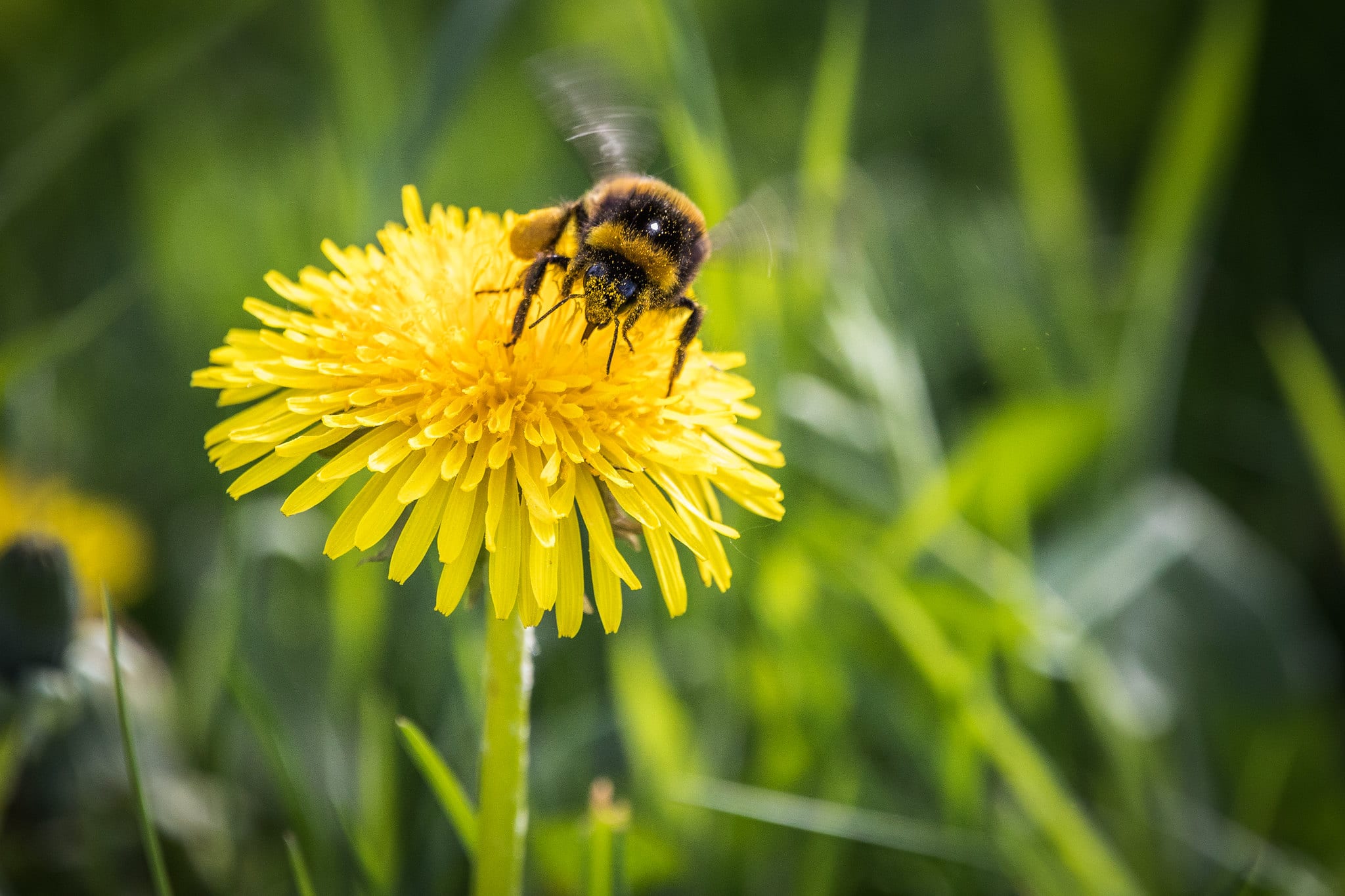


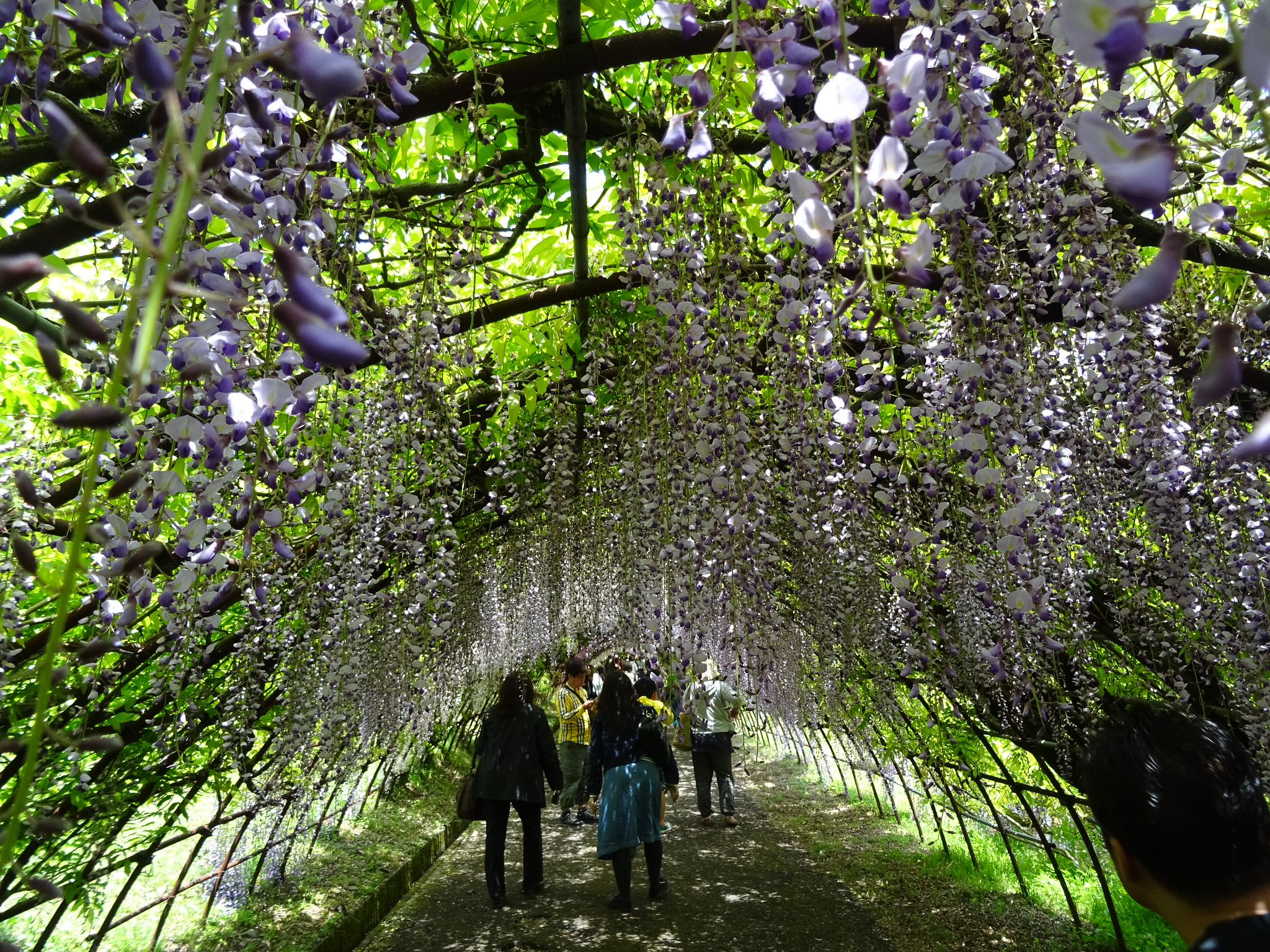



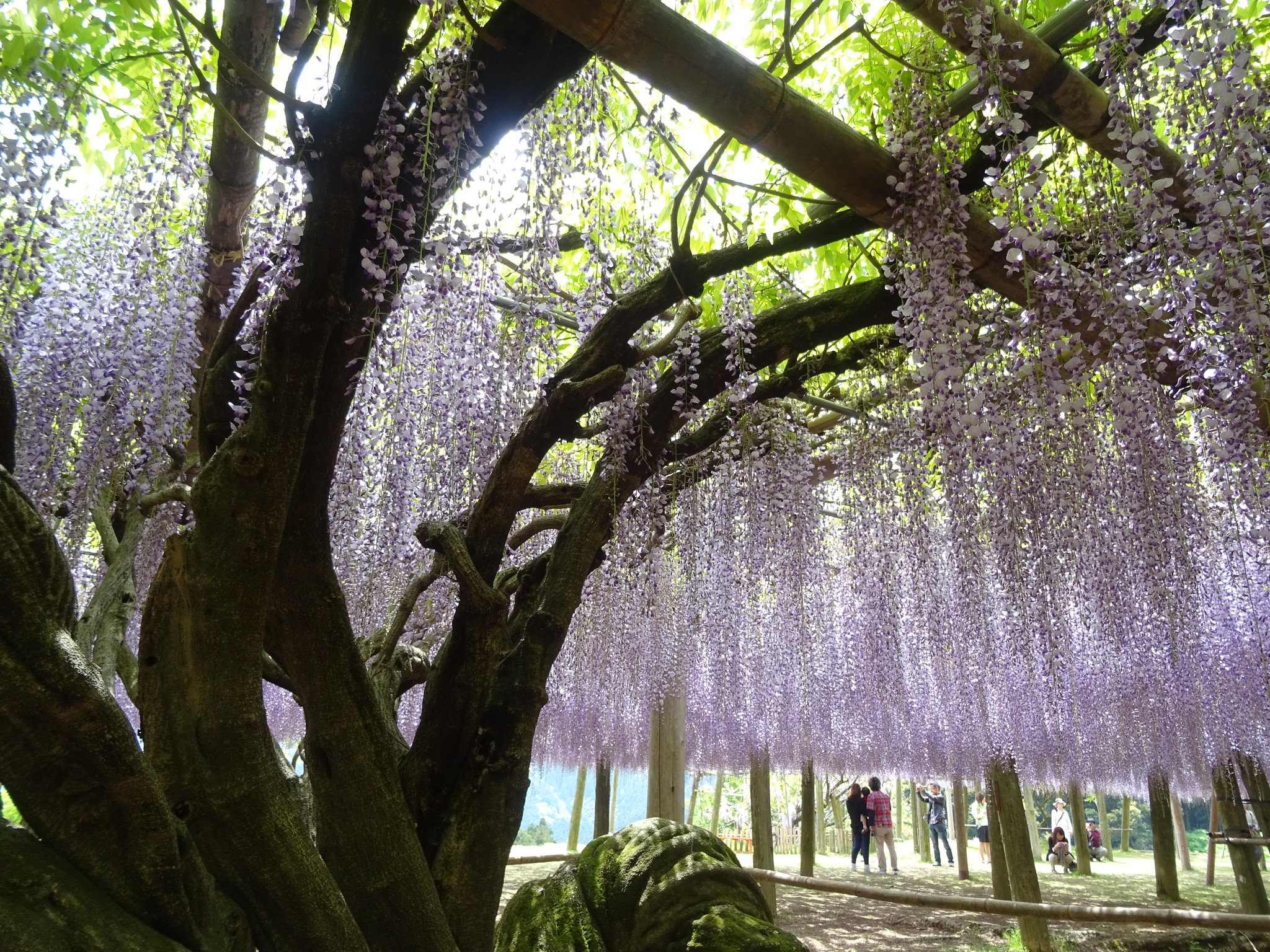
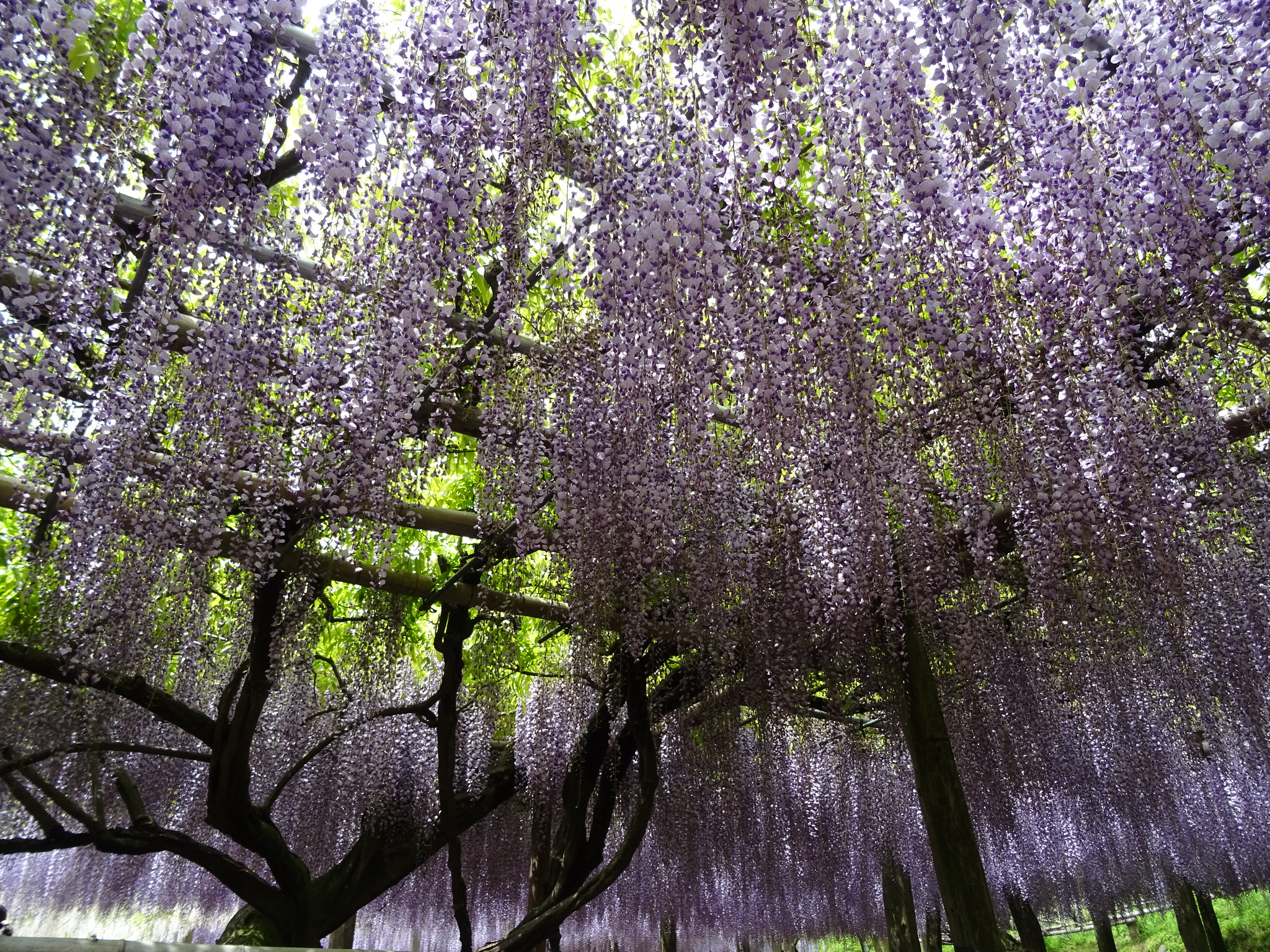


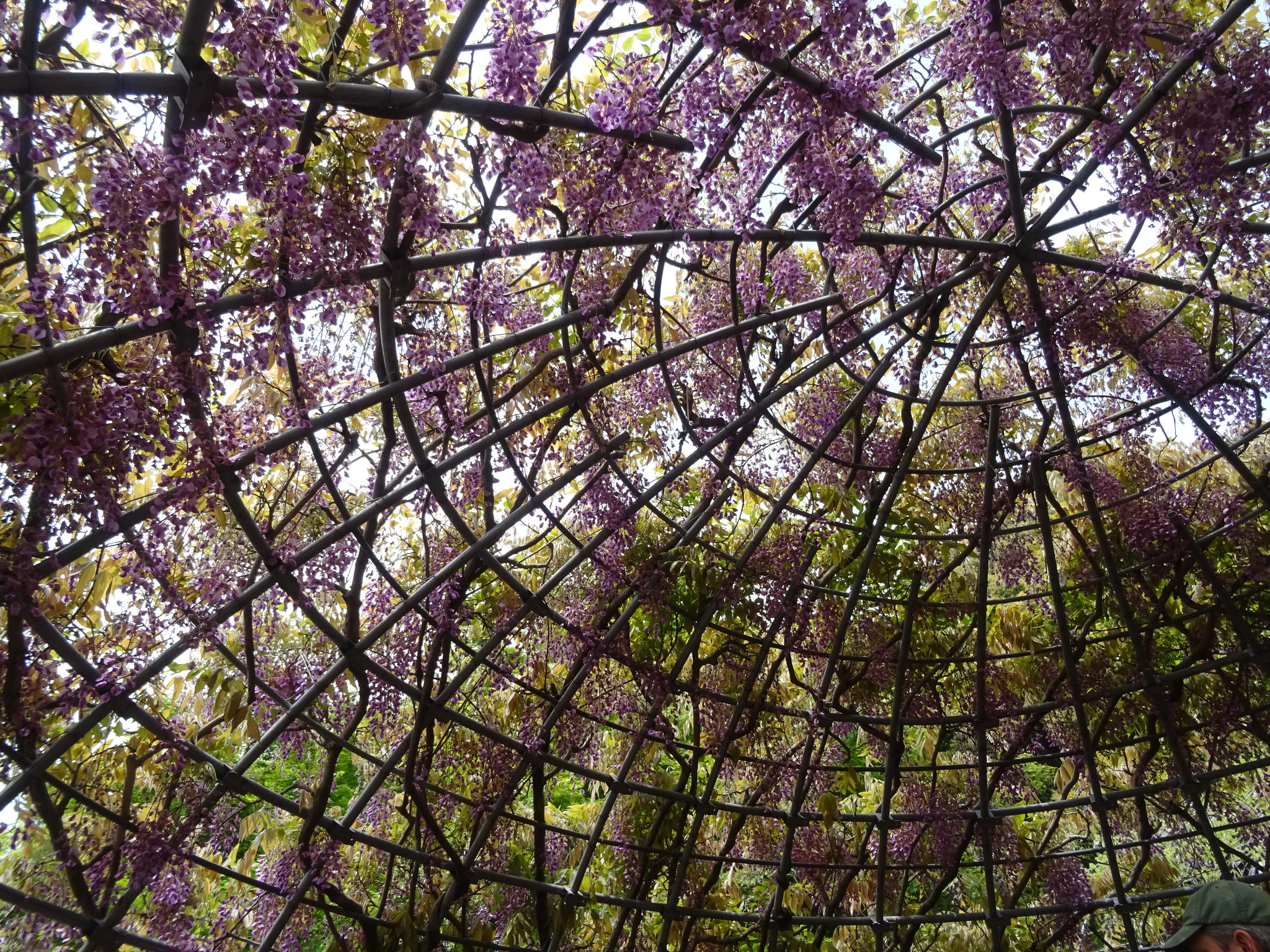
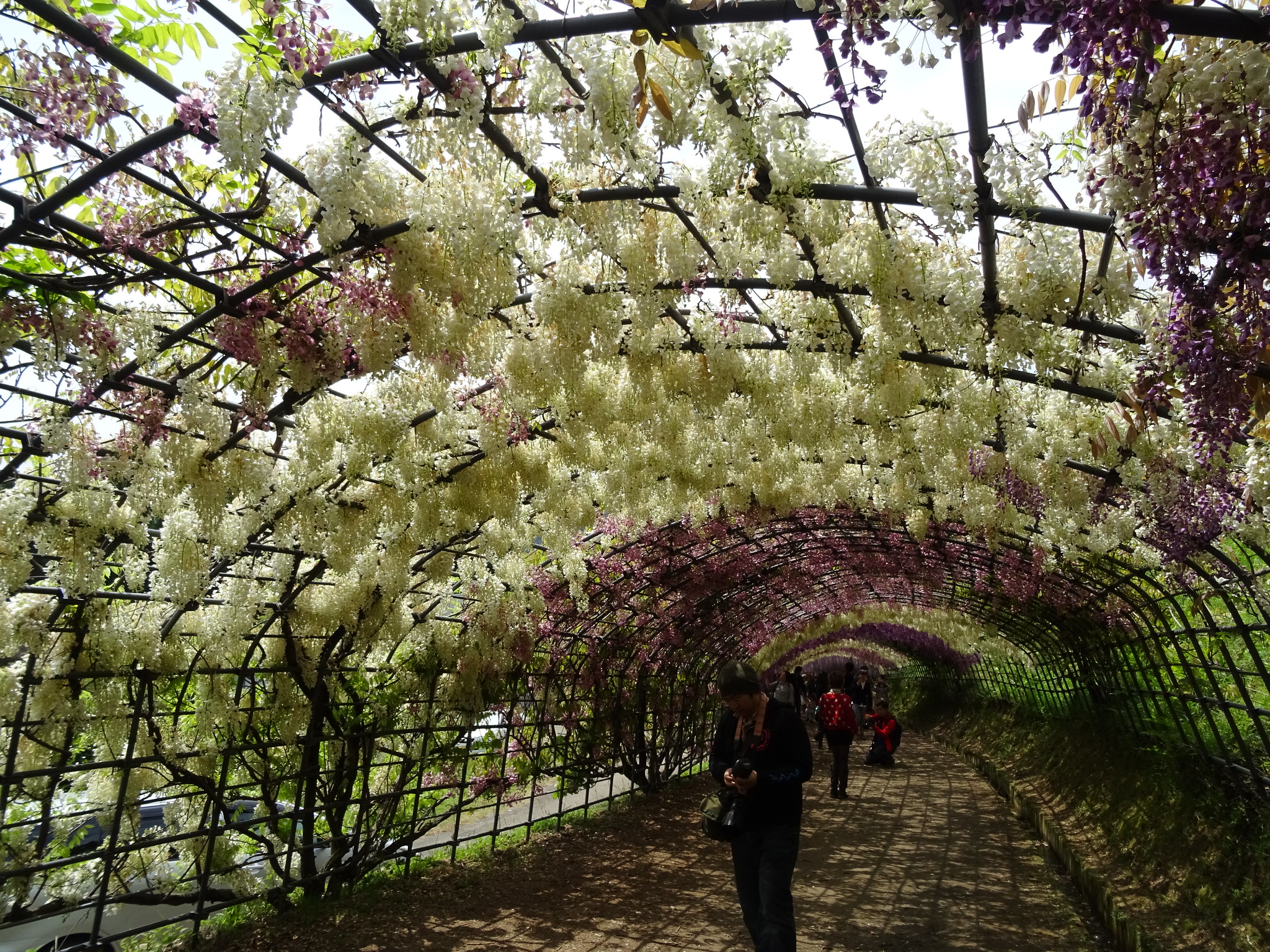

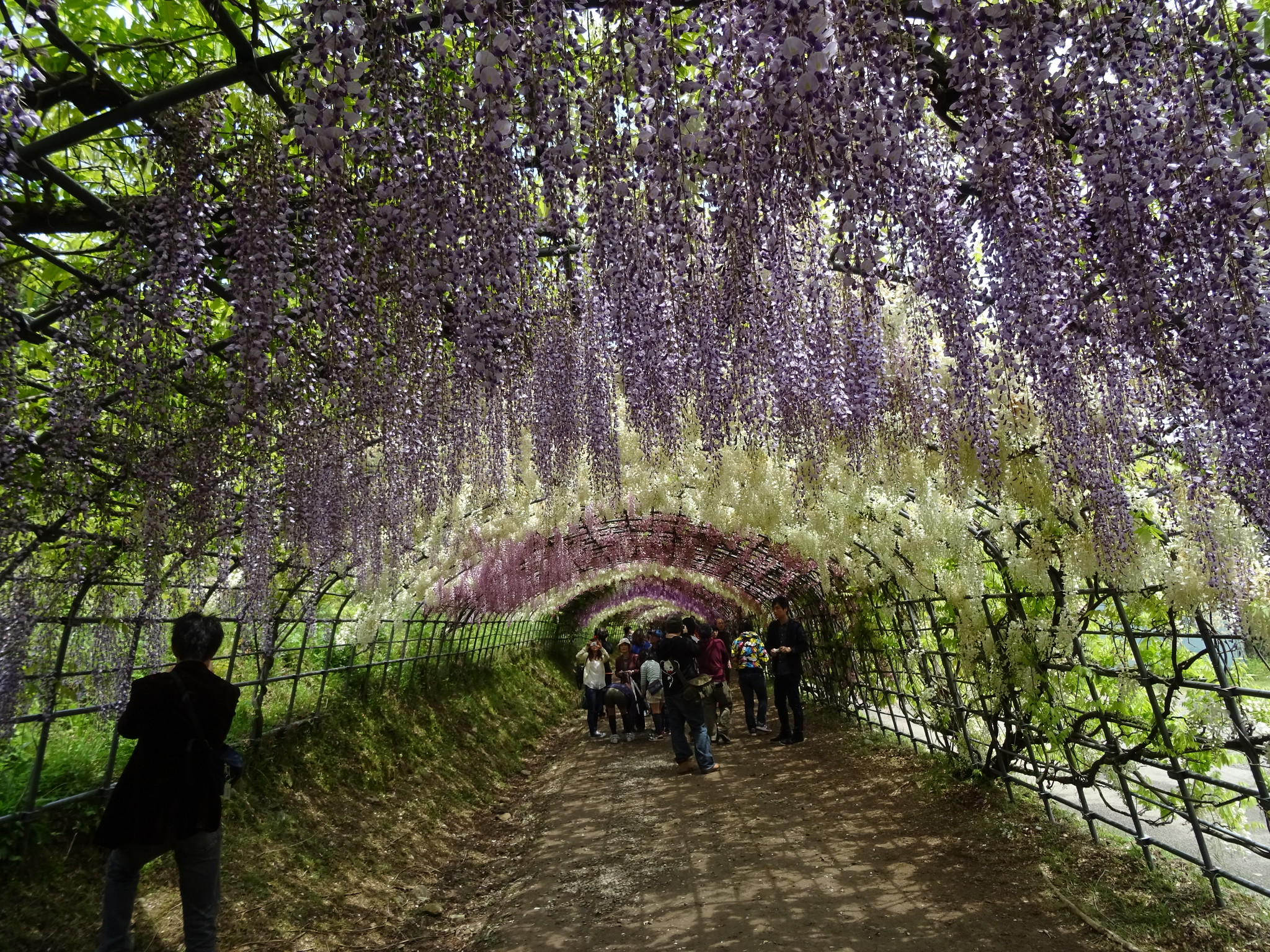
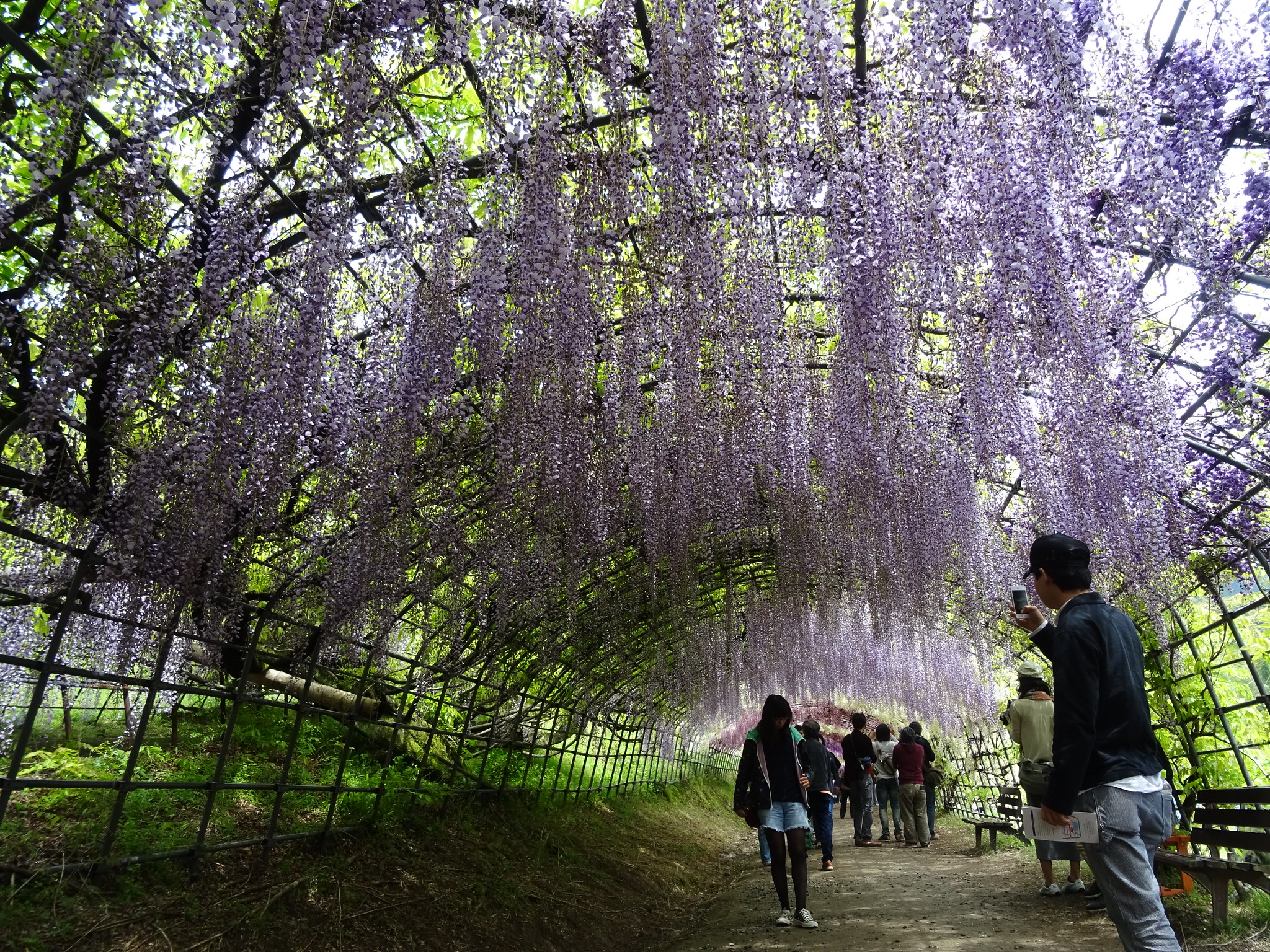
 #NationalPetDay . . . The shop is on vacation.
#NationalPetDay . . . The shop is on vacation.  Working on new pieces as much as possible. The beautiful California #superbloom is causing me INTENSE allergies. My progress is not nearly as much as I wish it was. #ironicallyallergictoflowers
Working on new pieces as much as possible. The beautiful California #superbloom is causing me INTENSE allergies. My progress is not nearly as much as I wish it was. #ironicallyallergictoflowers
 . . . . . The shop is on vacation! During this time I will be working on a lot of different projects. I have lofty goals so idk of I’ll even get to it all. : : Here is my to do list :
. . . . . The shop is on vacation! During this time I will be working on a lot of different projects. I have lofty goals so idk of I’ll even get to it all. : : Here is my to do list :  Make matching sets. (Two matching large crowns / two medium crowns etc.)
Make matching sets. (Two matching large crowns / two medium crowns etc.)  #tooambitious
#tooambitious





